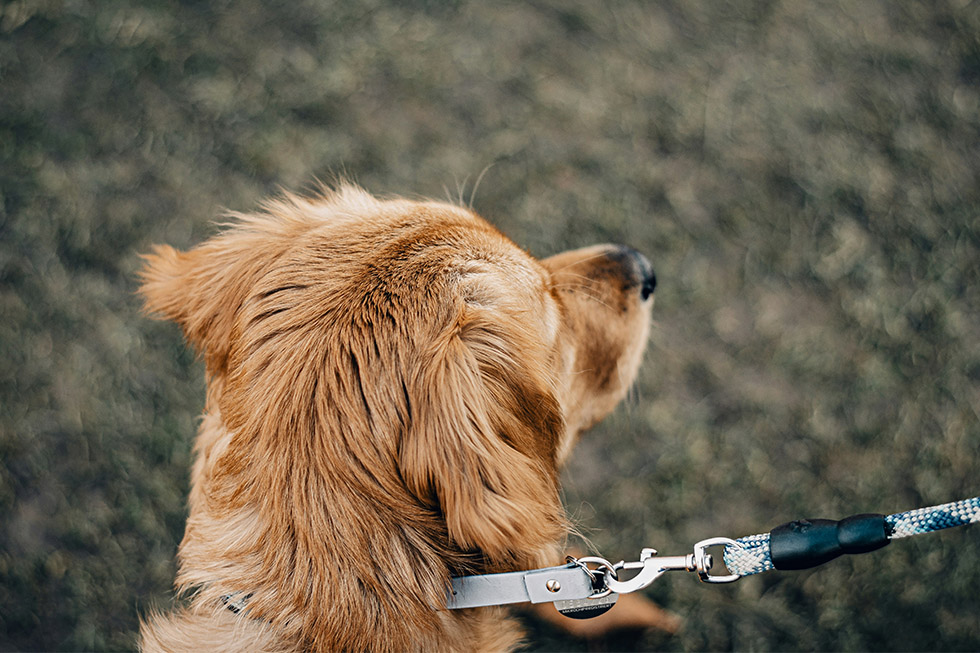
Pet Insurance Australia Warns of Hidden Risks as New Study Links Dog Walks to Owner Injuries
Australia – [June, 2025] – A recent UK study has revealed a sharp increase in wrist and hand injuries among dog walkers caused by dogs pulling on their leads. In response, Pet Insurance Australia is warning Australian pet owners about the serious health risks that poor leash training poses — not just to people, but also to dogs.
“While it’s easy to dismiss pulling on the lead as a minor nuisance, the reality is that it can result in serious injury for both the owner and the pet,” says Nadia Crighton, spokesperson for Pet Insurance Australia. “Teaching your dog how to walk safely and calmly on a lead isn’t just about convenience—it’s about long-term health and safety for everyone involved.”
A recently published UK study1 highlights an alarming number of human injuries, including sprained wrists, broken fingers, and dislocations due to dogs pulling unexpectedly.
“We believe this could be a global issue amongst dog owners,” Crighton says. “Proving that pulling-on-the-lead is far more than just a training issue.”
Pulling on the Lead Is Also Harmful for Dogs
Beyond the risk to humans, multiple veterinary studies now show that excessive pulling on collars can lead to severe and lasting damage in dogs.
Key findings include:
- Tracheal, laryngeal, and oesophageal injuries: Research published in Veterinary Record2 and highlighted by Companion Animal Psychology found that even mild pulling on flat collars can cause physical trauma to the throat and neck.
“If dog owners are aware that this behaviour could be hurting their pets, many would seek professional advice to prevent this from occurring,” Crighton says. “Other studies suggest neck pressure can lead to thyroid and nerve damage, potentially leading to hypothyroidism and other health issues.”

Prevention Is the Best Protection
To prevent leash-related injuries to both pets and their people, Pet Insurance Australia recommends:
- Starting lead training early, using positive reinforcement
- Choosing a harness over a collar for dogs that pull
- Consulting a professional dog trainer for persistent behavioural issues
- Being mindful of leash technique and using both hands for control when needed
“Dogs that pull aren’t bad — they’re just untrained,” Crighton says. “Early, gentle guidance can prevent years of stress, injury, and frustration. And it helps your dog walk proudly and safely in public.”
References
1www.theguardian.com/lifeandstyle/2025/jun/25/dogs-pulling-on-leads-hand-wrist-injuries-uk
2https://www.companionanimalpsychology.com/2020/05/flat-collars-risk-damage-to-dogs-necks.html
Featured By
Nadia Crighton is a renowned and accomplished professional in the fields of Journalism, Public Relations, and Writing, with an extensive career spanning over 25 years, 20 of which have been dedicated to promoting the health and well-being of pets.
Get the latest Pet Insider Tips & News
We offer award-winning* pet insurance policies to protect your furry friend’s health and wellbeing. Get a quote today and give your pets the care they deserve.
Archives
Categories
- Cat Care (66)
- Cats (3)
- Dog Care (130)
- Guides (29)
- Health and Nutrition (201)
- Lifestyle and Activities (221)
- Media Release (37)
- Pet Care (254)
- Rescue Dogs (1)


